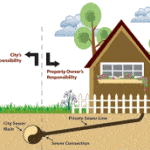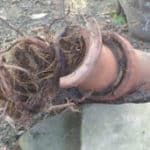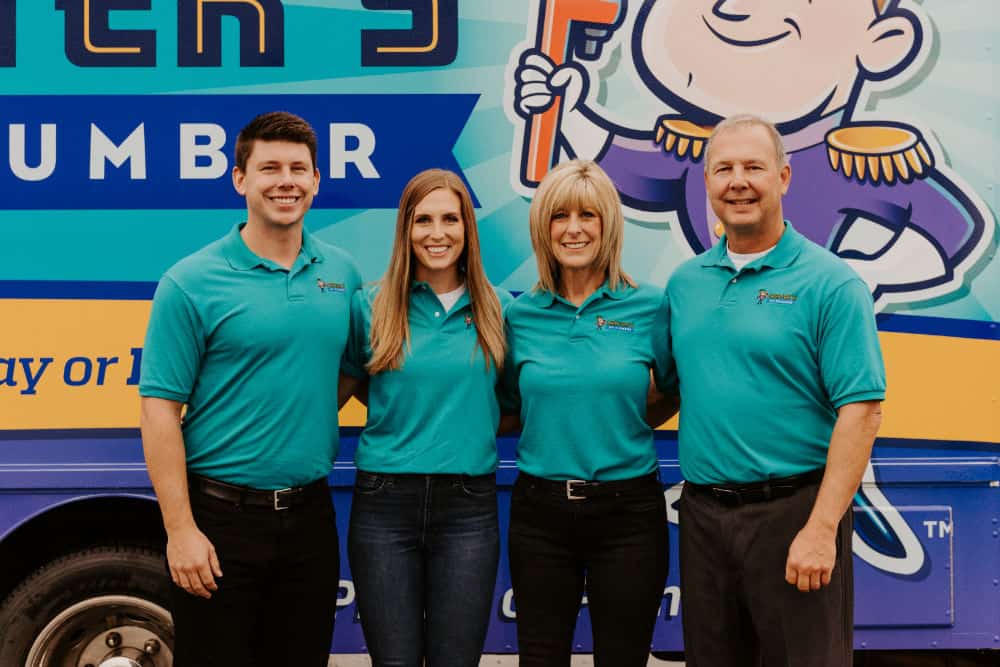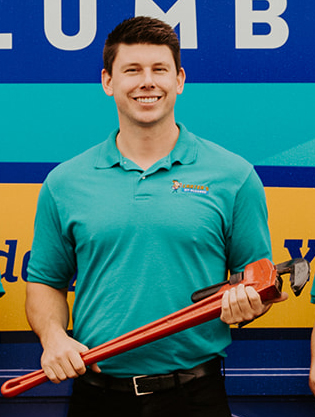Protect Yourself Against Sewer Backup
Sewer backup can wreak havoc on a home, causing thousands of dollars in damage to floors, walls, furniture and electrical systems. Sewer backup is something none of us want to experience – especially during the holiday season! Let’s learn a little bit about sewer backup, what can cause them and what we can do to possibly prevent them from happening.
Sewer backup occurs:
When a blockage exists in the sewer main or service line forcing sewage back into a structure. Buildings with basements, drains, or plumbing fixtures are vulnerable to sewer backups. Signs of sewer backups include gurgling sounds coming from drains and pipes, strong sewage smells, sewage coming from drains, or flooding.
Most homeowners may not realize that they are responsible for the maintenance and repair of their house or sewer lateral (the pipeline between the city sewer main, usually located in the street, and the building.) The city is responsible for clearing blockages in sewer mains but it’s the responsibility of the homeowner to maintain their service line (the line running from the main to your home).
So what can cause a sewer backup?
Unfortunately there are quite a few culprits. Grease and tree roots are the main causes of backups. Grease poured down drains can solidify and cause blockages. Trees and shrubs seeking moisture will make their way into sewer line cracks, diminishing flow capacity and trapping debris. Other causes are: aging sewer systems, combined pipelines, and bulky items that do not deteriorate quickly (paper towels, plastic bags, diapers, washcloths, towels). Backups can also occur when storm drainages are connected to sanitary sewer lines. During rain events, water can be channeled to sewers and overload the system. Such connections were outlawed in the 1970’s but homes built before the early 70’s might still have such connections, which the homeowner should eliminate.
One main way to help prevent sewer backup is to install a sewer backflow preventer, also known as a check valve. It allows sewage to go out, but not to come back in. This device will prevent backups originating from your neighbors or the main line, but will not prevent backups for your own service line. A licensed plumber will need to install the backflow preventer. If your neighborhood or house is prone to sewer backups, definitely consider installing a backflow preventer on your service line. Call Carter’s My Plumber to schedule an appointment with a licensed technician today!
What do you do if you experience a sewer backup? The most important thing to remember is DO NOT walk in or touch the sewage-contaminated water! This water can be pushed through floor drains, toilets or showers as well as back up into your basement. Immediately arrange for clean up of your property. Call Carter’s My Plumber to have a licensed technician inspect the line to locate the blockage and fix the issue. (317) 859-9999





